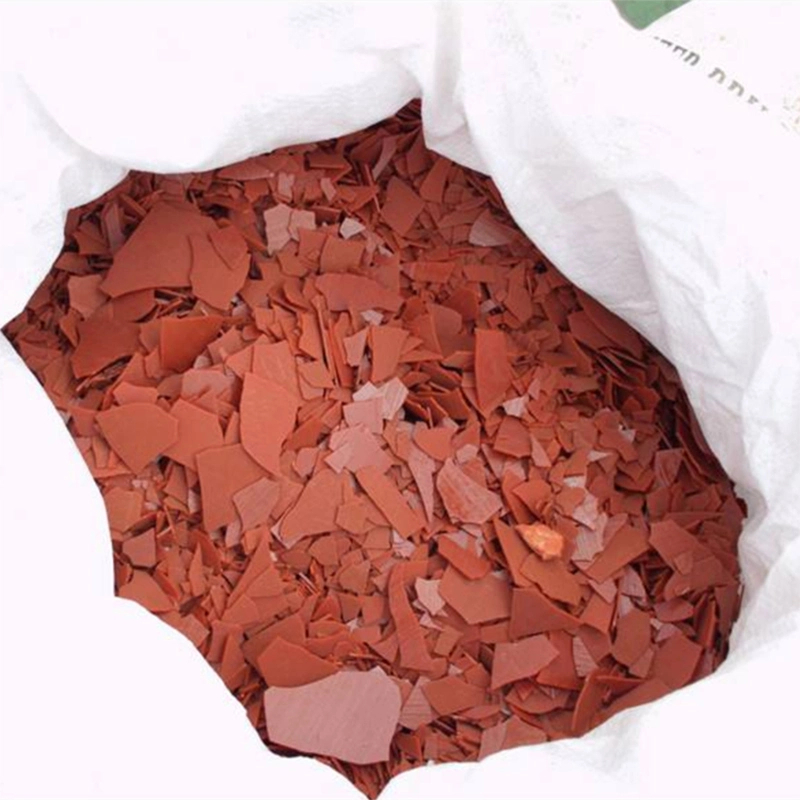



Chemicals Used in the Treatment of Drinking Water for Safe and Clean Supply
Importance of Chemicals in Potable Water Treatment
In the modern world, access to clean and safe drinking water is a fundamental necessity for human health and well-being. Potable water treatment is a critical process that ensures the removal of contaminants, making water safe for consumption. A variety of chemicals play a significant role in this treatment process, contributing to the purification and stabilization of water supplies.
One of the primary chemicals used in water treatment is chlorine. Chlorination is essential for disinfection, as it effectively eliminates harmful microorganisms such as bacteria, viruses, and protozoa. Chlorine can be introduced in various forms, including gas, liquid, and solid compounds, making it versatile for various treatment facilities. However, it is important to balance chlorine levels carefully, as excessive amounts can lead to the formation of harmful byproducts, such as trihalomethanes, which pose health risks.
Another crucial chemical is alum, or aluminum sulfate, which acts as a coagulant. During the treatment process, alum helps in aggregating small particles, including sediments and organic matter, facilitating their removal through sedimentation and filtration. This process is essential as it improves water clarity and reduces turbidity, ensuring that pathogens and pollutants are effectively removed from the water.
In addition to these, other coagulants like ferric sulfate and polyaluminum chloride have gained popularity due to their effectiveness in various conditions. These alternatives to alum can enhance the removal of certain contaminants, such as phosphorus, which is critical for preventing eutrophication in water bodies.
potable water treatment chemicals

Hydrated lime, or calcium hydroxide, is another important chemical in potable water treatment. It is primarily used to adjust the pH of water, enhancing the effectiveness of disinfection processes. A balanced pH is necessary not only for optimal treatment but also for preventing corrosion in pipes and infrastructure, thus prolonging the lifespan of water distribution systems.
Moreover, the use of activated carbon in water treatment should not be overlooked. Carbon can adsorb a wide range of organic compounds, chemicals, and odor-causing substances from water. It is often employed in filtration systems to improve the taste and smell of drinking water, making it more palatable for consumers.
Finally, in response to emerging contaminants, advanced oxidation processes (AOPs) are gaining traction in water treatment plants. Chemicals such as ozone and hydrogen peroxide are used in combination with ultraviolet light to effectively break down complex pollutants that traditional methods may not remove.
In conclusion, the role of chemicals in potable water treatment is indispensable. From disinfection to coagulation and pH adjustment, these chemicals ensure the delivery of safe and clean drinking water. As water sources become increasingly challenged by pollution and population growth, the innovation and responsible use of water treatment chemicals will be paramount in safeguarding public health and the environment. Ongoing research and development in this field will enhance our ability to provide potable water to future generations.
-
Why Sodium Persulfate Is Everywhere NowNewsJul.07,2025
-
Why Polyacrylamide Is in High DemandNewsJul.07,2025
-
Understanding Paint Chemicals and Their ApplicationsNewsJul.07,2025
-
Smart Use Of Mining ChemicalsNewsJul.07,2025
-
Practical Uses of Potassium MonopersulfateNewsJul.07,2025
-
Agrochemicals In Real FarmingNewsJul.07,2025
-
Sodium Chlorite Hot UsesNewsJul.01,2025










